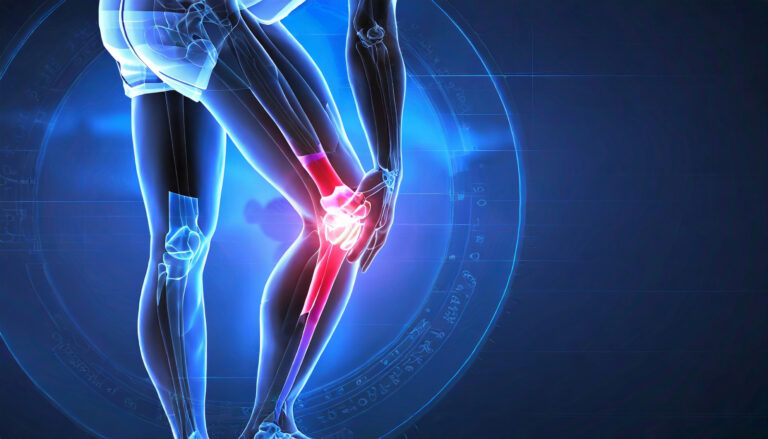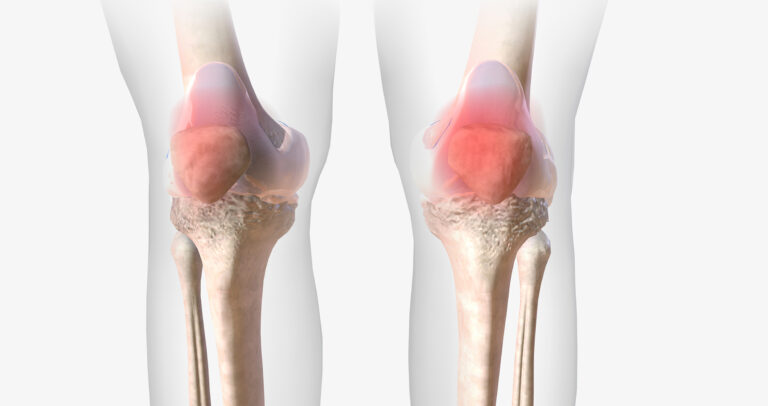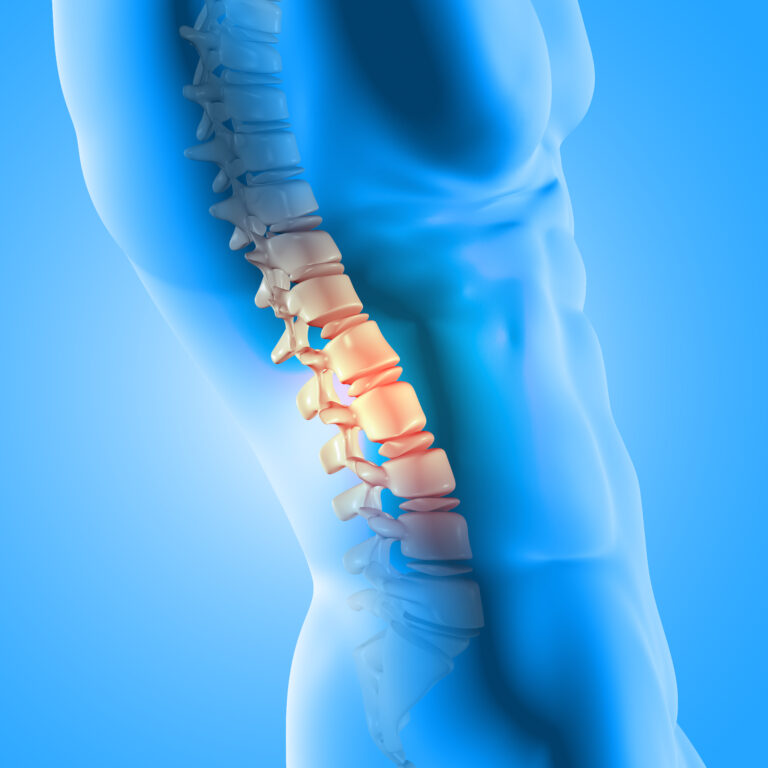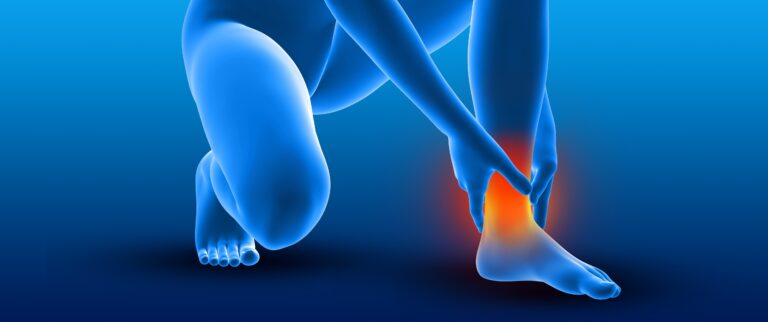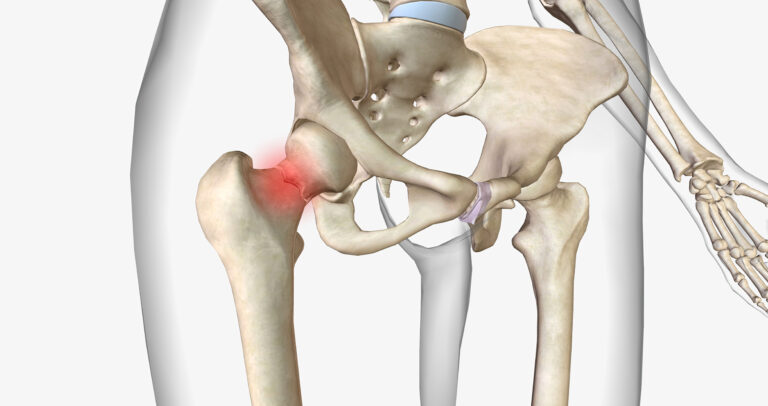
Introduction
Orthopedic pain, resulting from conditions like arthritis, fractures, and musculoskeletal injuries, can significantly impact a person’s daily life. In recent years, pain management in orthopedics has evolved with advancements in treatments that focus not only on pain relief but also on improving mobility and enhancing recovery. This cutting-edge approach integrates modern techniques and therapies that provide more effective solutions with fewer side effects.
Overview
Pain management in orthopedics now goes beyond simple symptom control. The goal is to achieve long-term relief while promoting recovery, improving functionality, and preventing further injury. Modern pain management methods combine medications, physical therapy, advanced interventions, and minimally invasive surgeries to provide a comprehensive approach tailored to the individual needs of each patient.
Innovative Pain Management Techniques
- Regenerative Medicine:
- Platelet-Rich Plasma (PRP) Therapy: This involves using a patient’s own blood platelets to promote healing in damaged tissues, reducing pain and inflammation.
- Stem Cell Therapy: Stem cells are used to regenerate damaged cartilage and tissue, offering relief for conditions like osteoarthritis.
- Minimally Invasive Procedures:
- Endoscopic Spine Surgery: This minimally invasive technique allows for the treatment of spine-related pain with smaller incisions, leading to less pain and quicker recovery.
- Minimally Invasive Joint Replacements: Smaller incisions and quicker healing times make these surgeries less traumatic, reducing pain and speeding up recovery.
- Interventional Pain Management:
- Spinal Cord Stimulation: This technique involves implanting a device that sends electrical pulses to the spinal cord to block pain signals.
- Nerve Blocks and Injections: Corticosteroid or hyaluronic acid injections are used to reduce inflammation and provide pain relief in joints, tendons, and nerves.
- Advanced Physical Therapy Techniques:
- Aquatic Therapy: Pool exercises reduce joint stress and improve mobility, helping patients recover without aggravating pain.
- Dry Needling and Myofascial Release: These techniques target muscle knots and trigger points, helping reduce pain and improve movement.
Potential Risks and Complications
- Side Effects from Medications:
Long-term use of pain medications, especially opioids, can lead to side effects such as dependency, gastrointestinal issues, and liver or kidney damage. - Surgical Risks:
Even minimally invasive surgeries carry risks of infection, nerve damage, or complications with anesthesia. - Invasive Procedure Risks:
Treatments like injections or spinal cord stimulation may carry risks such as bleeding, infection, or allergic reactions.
Understanding the Recovery Process
Recovery after orthopedic pain management treatments varies depending on the procedure or therapy used. Minimally invasive surgeries generally have shorter recovery times compared to traditional surgeries, while therapies like PRP or stem cell treatments may require multiple sessions for full benefits. Physical therapy plays a crucial role in recovery, helping patients regain strength, mobility, and function.
Key Takeaway
Cutting-edge pain management techniques in orthopedics are transforming the way pain is treated, with a focus on promoting long-term recovery, improving mobility, and minimizing side effects. Whether through regenerative medicine, minimally invasive surgeries, or advanced therapies, modern treatments offer hope for effective, lasting relief.
Disclaimer
This overview is for informational purposes only and should not be considered medical advice. Always consult a healthcare professional to determine the best course of treatment for your individual needs.

